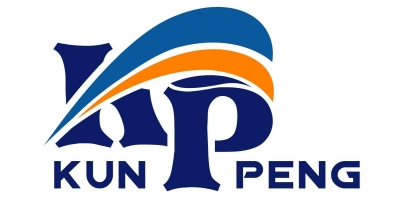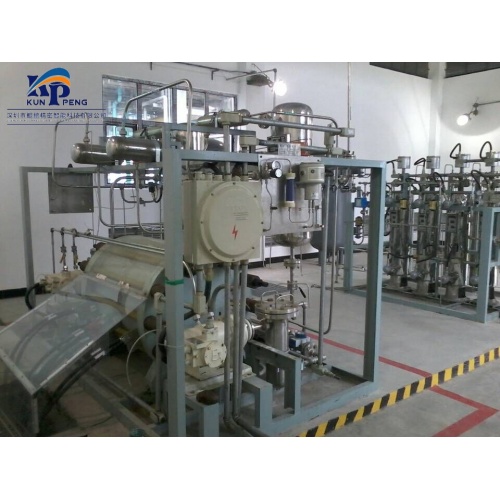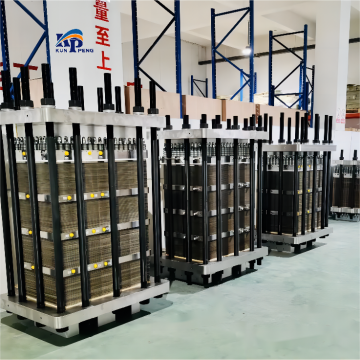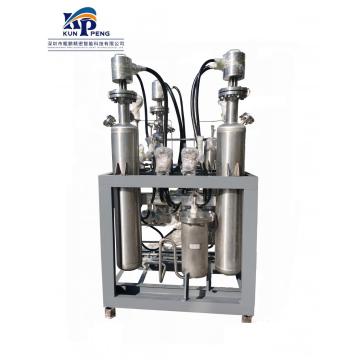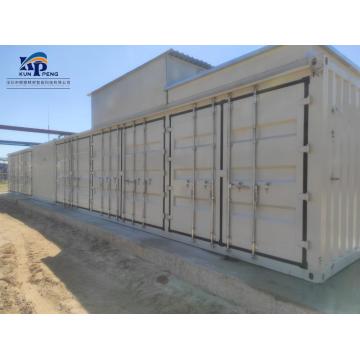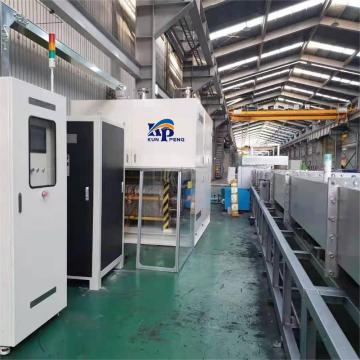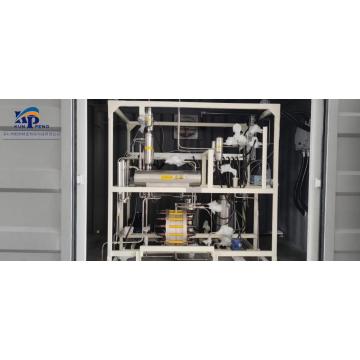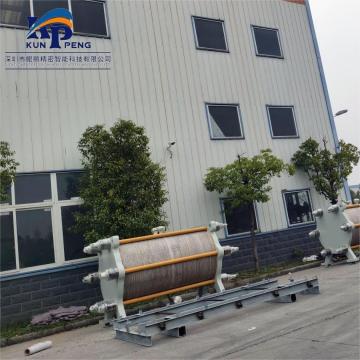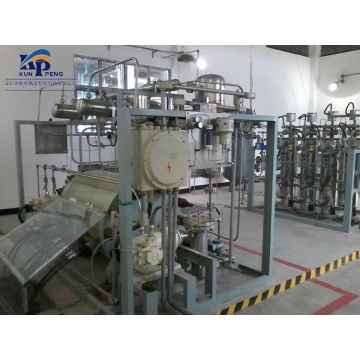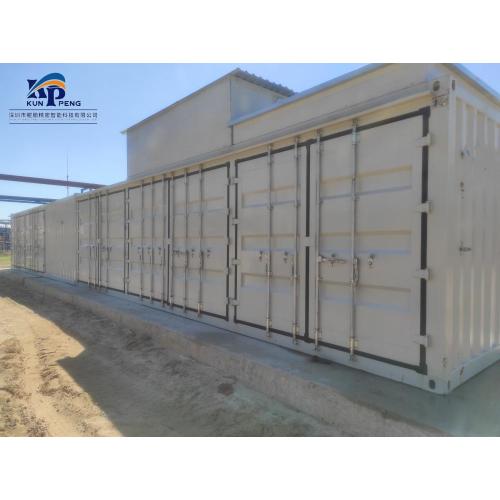
Hydrogen purification Sensor hydrogen
- Transportation:
- Express, Ocean, Air, Land
- Port:
- Shanghai
Your message must be between 20 to 2000 characters
Contact Now| Place of Origin: | China |
|---|---|
| Payment Type: | T/T |
| Incoterm: | FOB,CIF,EXW |
| Transportation: | Express,Ocean,Air,Land |
| Port: | Shanghai |
Brief introduction: According to different working principles and electrolytes, electrolytic water hydrogen production technology can be divided into four types, namely alkaline electrolytic water hydrogen production technology (ALK), proton exchange membrane electrolysis water hydrogen production technology (PEM), solid oxide hydrogen production technology Water electrolysis hydrogen production technology (SOE) and solid polymer anion exchange membrane electrolysis water hydrogen production technology (AEM).
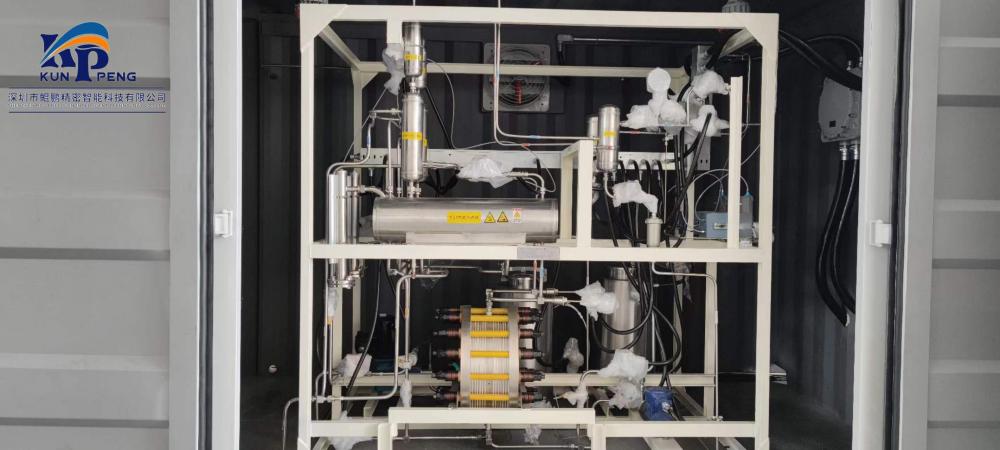
1:The economics of hydrogen production by electrolysis of water depends on the reduction of the cost of renewable energy power generation, as well as the reduction of equipment costs brought about by technology iteration and scale growth. With the growth of scale, the unit operating cost and the power consumption of the hydrogen production system will also be reduced, and the economy of green hydrogen will gradually become prominent.
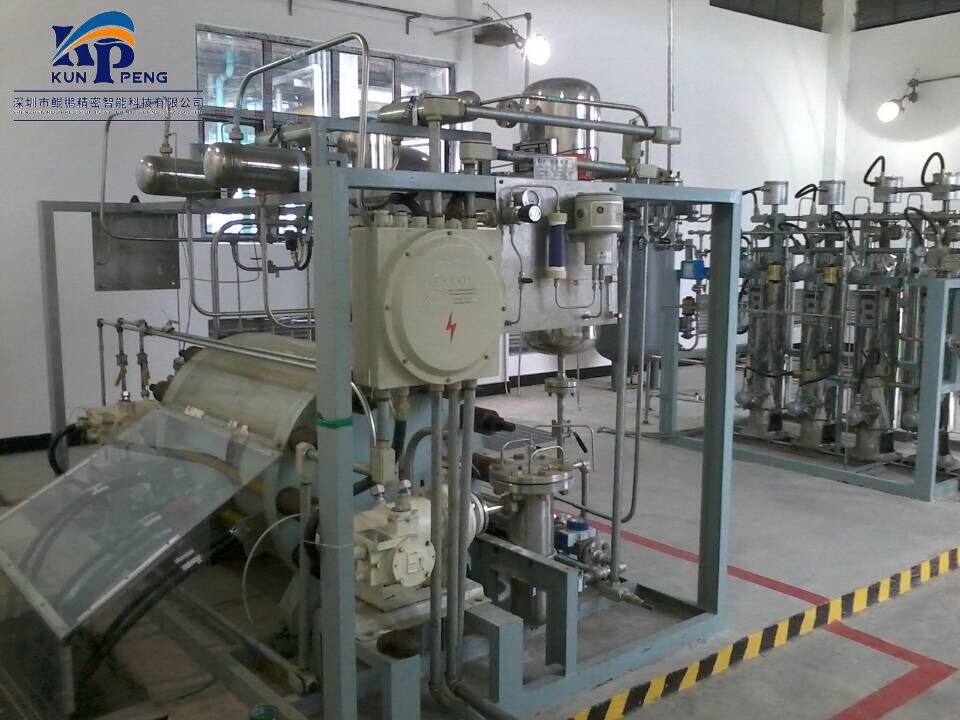
2:Renewable energy electrolysis of water to produce hydrogen is a key link in the future realization of green hydrogen production. In addition to the research and development and manufacture of electrolyzers and core components to improve electrolysis efficiency and reduce energy consumption, the collocation and use of different electrolysis technologies will also promote Large-scale green hydrogen production.
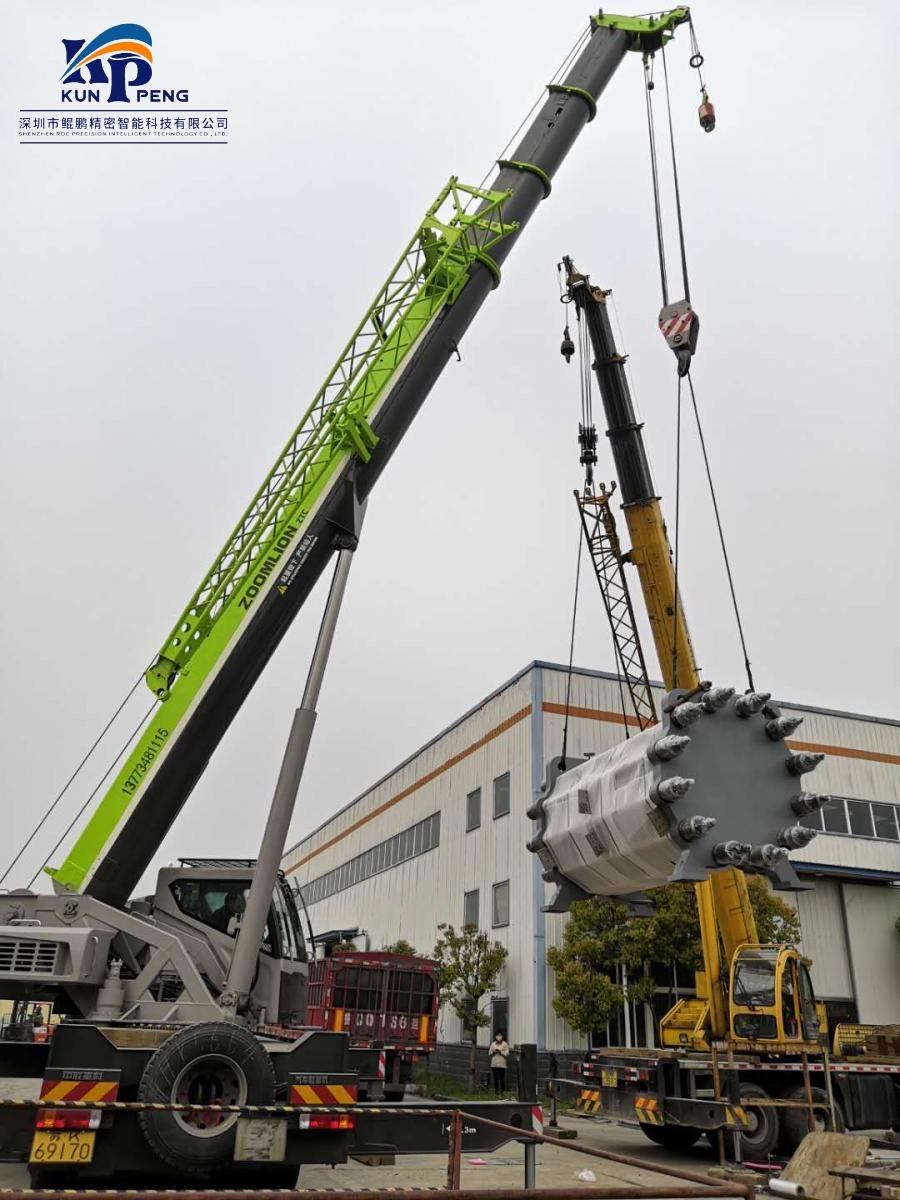
3:At present, both alkaline electrolyzer and PEM electrolyzer have been commercialized. Alkaline electrolysis is suitable for renewable energy grid hydrogen production, while PEM electrolysis can better adapt to the more volatile off-grid hydrogen production of renewable energy. The combination can be applied to different scenarios, realizing electrolytic hydrogen production on land and at sea, and increasing the overall hydrogen production scale.
Related Keywords

